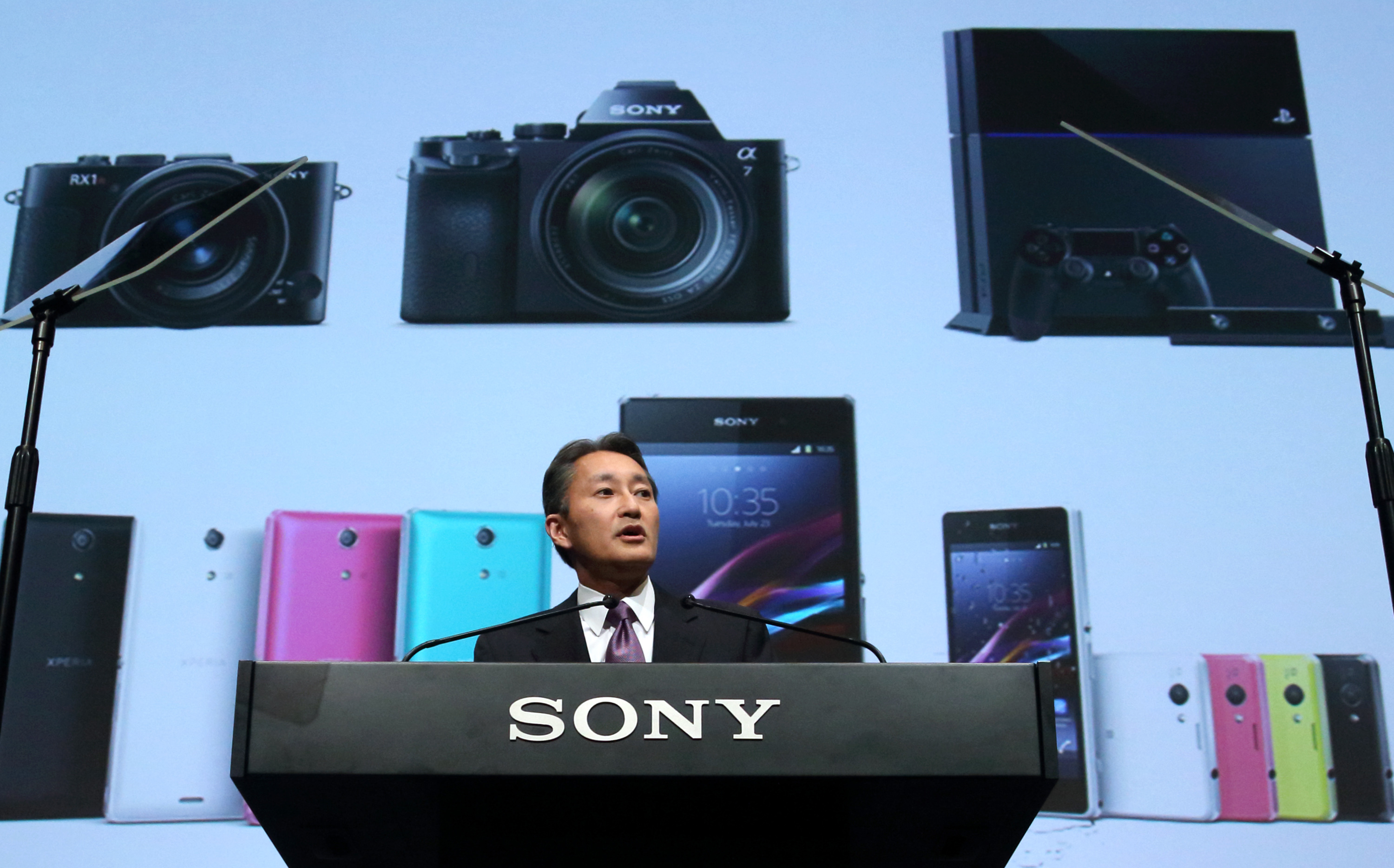Let's travel back 62 years. On the evening of Dec. 4, 1952, after NHK radio signed off its regular AM programming, an announcer proclaimed: "Tokyo Tsushin Kogyo and NHK now commence a joint experimental stereo broadcast."
In principle, stereophonic sound reproduction requires separation of the audio signals into left and right channels. In 1952, the technology did not yet exist to broadcast, or receive, in stereo.
So how was this amazing feat achieved? By using two broadcast stations. Two microphones were positioned at separate points in front of a live orchestra, with the pickup of one transmitted via NHK 1 and the other via NHK 2. To hear the stereo effect, home listeners needed to have two radio receivers tuned to the two stations.



















With your current subscription plan you can comment on stories. However, before writing your first comment, please create a display name in the Profile section of your subscriber account page.